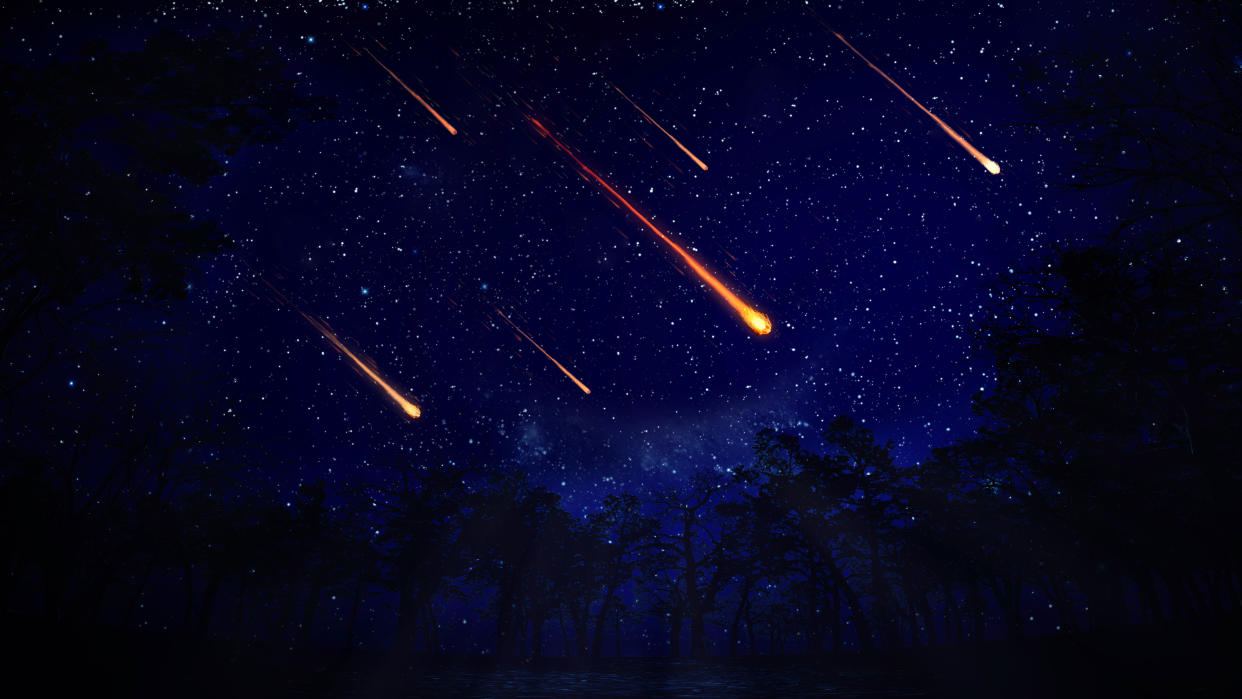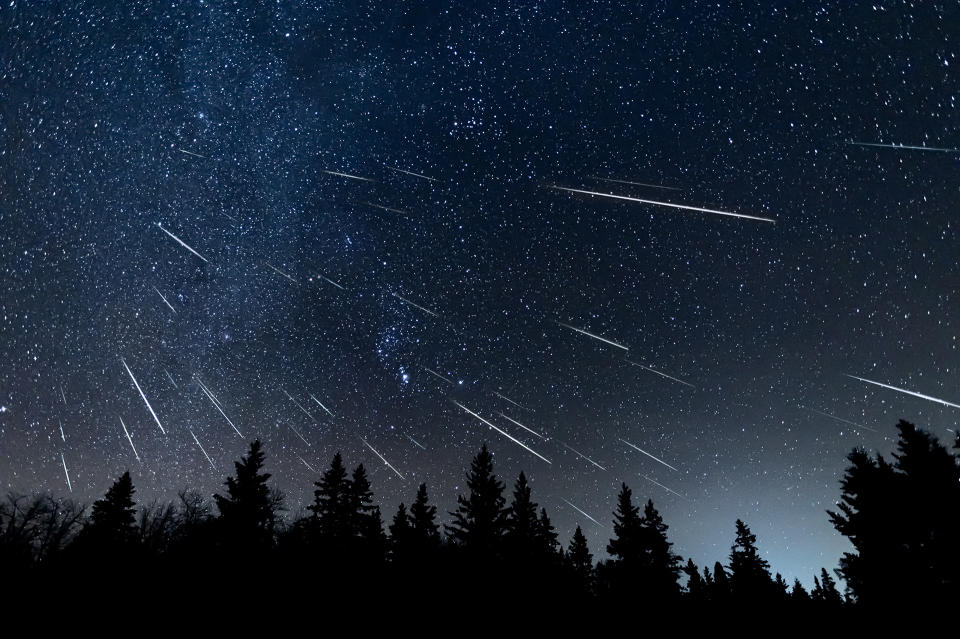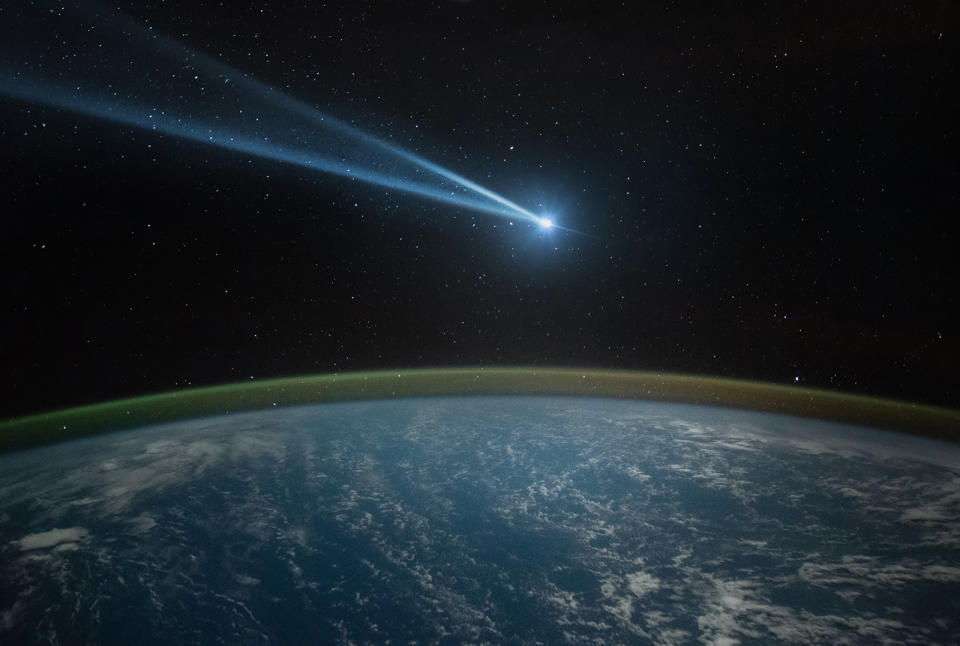How and when to watch the Tau Herculids meteor shower

If you purchase an independently reviewed product or service through a link on our website, BGR may receive an affiliate commission.
These past few months have already proven to be spectacular for skywatchers and space enthusiasts. But, the end of May could bring a spectacular “all or nothing” meteor shower visible across much of the continental United States called the Tau Herculids.
Today's Top Deals
Amazon's Memorial Day sale has crazy deals you won't believe!
What?! Apple's most affordable iPad has an extra discount for the first time in 2022
When to watch for the Tau Herculids meteor shower

NASA estimates that the Tau Herculids meteor shower will peak on the night of May 30. It will continue early into the morning of May 31.
Meteors aren’t exactly a special occurrence for Earth. In fact, there’s so much space junk out there, that dust and other particles are constantly slamming into the Earth’s atmosphere. However, most of that is very fine dust that burns up within the atmosphere quickly, and without much ado. Meteor showers, though, are usually caused by large fields of debris entering the atmosphere.
This creates a spectacle that people flock to observe each year, as those fields of debris make their way past the Earth. Unlike the Eta Aquariids, which peaked in early May, the Tau Herculids shower isn’t a guaranteed sight. In fact, NASA’s Bill Cooke says the shower is an “all or nothing” kind of event.
Where does this meteor shower originate?

Like most meteor showers we’ve come to know and appreciate, Tau Herculids began with a comet. The comet was originally discovered in 1930. German obersevers Arnold Schwassmann and Arno Arthur Wachmann discovered the comet naming it 73P/Schwassmann-Wachmann, or SW3. Scientists say the comet orbits the sun every 5.4 years. However, it wasn’t seen again until the late 1970s.
For the most part, the comet seemed pretty normal. However, in 1995, scientists realized that it was now much brighter. Where it had been a smudge in the sky before, it was now roughly 600 times brighter and easily visible with the naked eye. Scientists investigated further and found that the comet had shattered into several pieces.
When it passed us by again in 2006, the comet was in almost 70 pieces. It’s this shattered debris that will be responsible for the Tau Herculids shower if it appears at the end of May. If it makes it to Earth this year, scientists say the debris from SW3 will strike Earth at just 10 miles per second.
This will, in turn, create much fainter meteor showers. However, NASA expects the Tau Herculid radiant to be high in the sky. And because the Moon is new, we shouldn’t have to worry about moonlight washing out the meteors.
Still, there’s no confirmation that it will happen. It all depends on how fast the debris field was traveling when it separated from the comet itself. If it wasn’t traveling fast enough, then Cooke says we won’t see any meteors from this comet.

